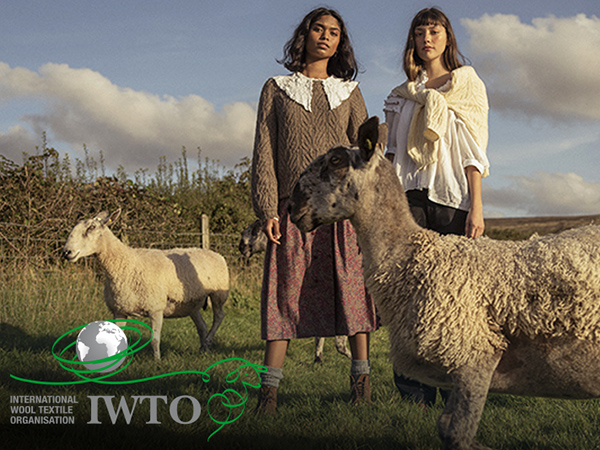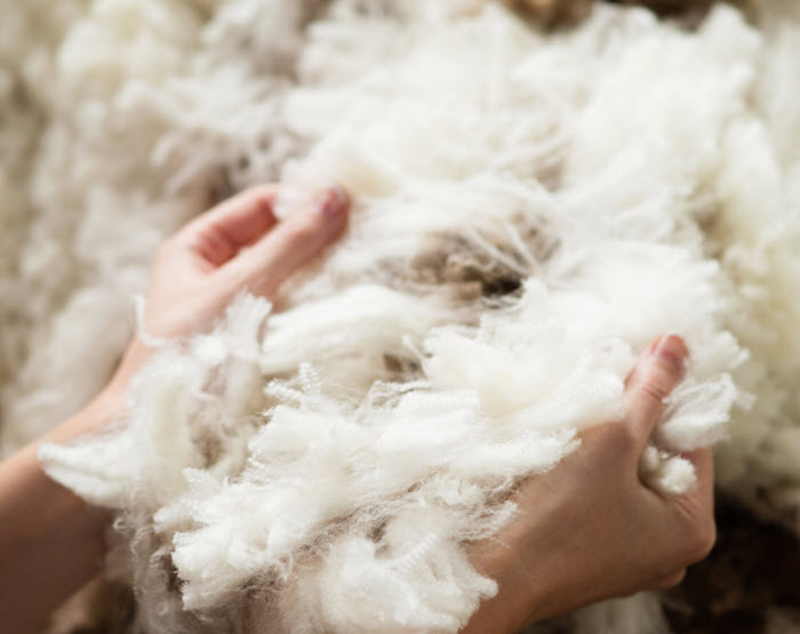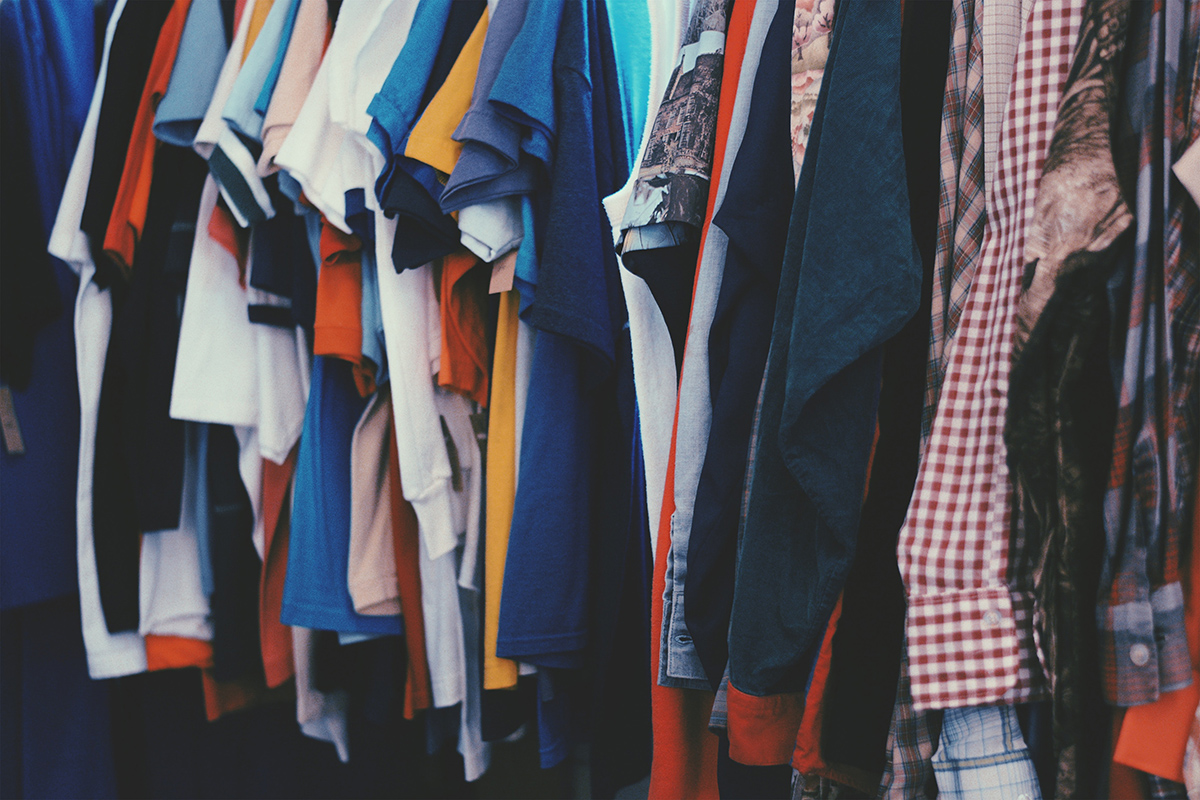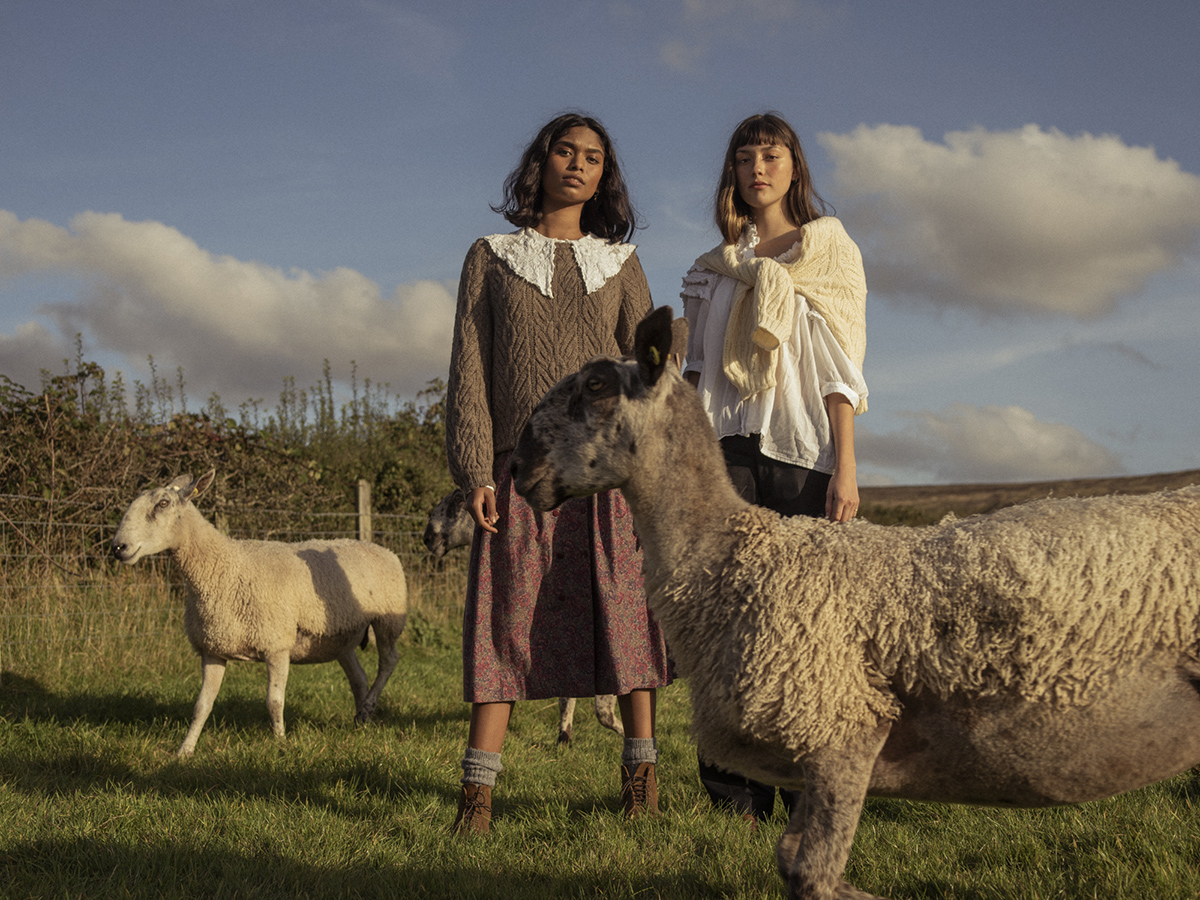
Sponsored by International Wool Textile Organisation
As more details emerge about the afterlife of much of the world’s donated clothing, the benefits of wearing wool are being highlighted once again. Jeannette Cook reports.
Consumer demand is a curious animal. It is often cited as the answer to problems such as the glut of unwanted, mostly synthetic clothing: “as consumer demand changes, the market will follow.” It can also be an excuse: “we can’t do that, there’s no market for it.”
Yet Steve Jobs famously amassed a fortune selling something for which there was no prior demand.
We also know that, as much as people say they will pay more for more sustainable products, when the choice is made it often comes down to price. This is in turn perceived by the market as demand for cheaper products.
It’s a progression of thought that has been leveraged well by sellers of low-quality clothing made at low cost.
The path to landfill
Increasingly, the end results of that type of thinking are becoming known. In a recent article for Fast Company, Maxine Bédat, founder and director of the New Standard Institute, described her visit to the Kpone landfill near Accra, Ghana. There she observed numerous items of clothing, shoes and accessories, many with recognisable and familiar labels.
The Kpone landfill is well-stocked because it sits next to one of the largest second-hand markets in West Africa – Kantamanto. Even at Kantamanto, however, there is not enough demand for the massive supply of second-hand clothing.
The path to landfill is paved with the good intentions of consumers such as us, who want to believe what is no use to us will be useful to someone else.
But for clothing of this type, there is often no economically viable path out of landfill.
What a waste
Landfilled textiles are a source of greenhouse gas emissions. Decomposing clothing releases methane, and synthetic clothing, created from derivatives of fossil fuels such as oil, does not biodegrade but rather physically breaks down.
While a natural fibre such as cotton or wool will return its nutrients to the earth’s soil for use again, synthetics gradually break down into many smaller pieces that are eventually released into the air and water systems as harmful microplastics.
One solution to this mess is for the owners of clothing to value and retain it. Seemingly small actions such as wearing the clothes we already have for longer, maybe repairing them even, can make a large difference.
The results of life cycle analysis (LCA) research show that clothing made of wool is kept and worn for longer than other fibre types. Wool is one of the most elastic fibre types, enabling garments to adapt to changes in the owner’s body shape, thereby extending the garment’s functional life.
Wool’s inherent odour resistance, as well as its wrinkle resistance, reduces the need for washing, helping retain the garment’s ‘as new’ appearance, which further extends its useful lifetime.
By increasing the ‘wear times’ of our clothing we can significantly reduce the environmental footprint of our wardrobe.
Measuring up
Bédat includes herself among those who have argued that growing consumer awareness would encourage the industry to change. She now advocates a policy-based solution, rooted in transparent accounting, target setting, and due diligence. Some regional bodies are already stepping up to that challenge.
The European Commission has targeted the textile industry in its quest to achieve climate neutrality and a circular economy. Among several initiatives is its Circular Economy Action Plan (CEAP), one of the main flagships of the European Green Deal.
Under the CEAP, laws will aim to make products, including textiles, fit for a climate-neutral, resource-efficient economy. For textiles, this means labelling, with clothing sold in the EU soon required to display its environmental credentials.
How the impacts from garments will be measured is currently developed by a group of cross-industry stakeholders, including the International Wool Textile Organisation (IWTO).
Institutions, including those in the EU, as well as national governments, have a responsibility to get this right. Renewability, recyclability and biodegradability must be encouraged and reflected in the label. A credible label must include the impacts of microplastic pollution to warrant consumer trust.
The data on which any labelling is based must be able to stand up to scrutiny. If based on LCAs, these LCAs must be comparable, using the same boundaries and methodology, so that products can be compared on an equal footing. Producer responsibility must extend past the ‘unboxing’ so that communities, such as those at Kantamanto, cease to be deluged with castoffs.
The wool industry will continue to invest in research to improve the environmental rating of clothing.
At the same time, consumers must also hold legislators and policymakers to their responsibilities, demanding action and transparency throughout the entire textile value chain.
Jeannette Cook is communications manager for the International Wool Textile Organisation. Through scientific research, wool textile education and knowledge sharing, IWTO ensures a sustainable future for wool. www.iwto.org
Have your say. Tweet and follow us @WTiNcomment










